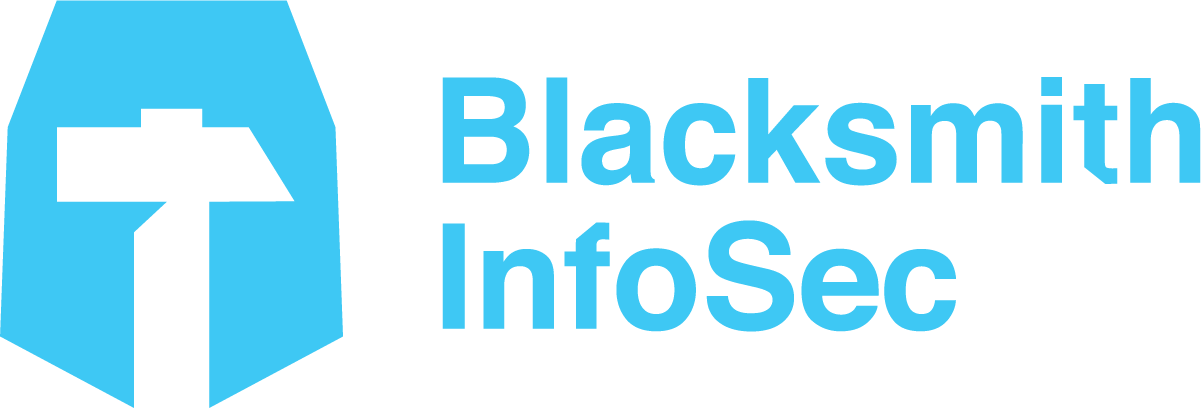Modern Managed Service Providers (MSPs) face a new reality: compliance isn’t just about going through the motions for an auditor’s checklist — it’s about equipping organizations to detect, defend, and adapt to ever-evolving threats. Achieving true compliance maturity requires orchestrating both visibility into technical environments and governance through actionable, business-ready controls.
Why Traditional Approaches Fall Short
Many MSPs still rely on static reports, isolated tools, and manual review cycles. This approach often results in:
-
Blind spots across cloud and on-prem systems
-
Outdated or incomplete user access data
-
Compliance evidence that satisfies auditors, but lacks operational value
-
Painful, spreadsheet-driven audit prep that distracts from real security work
Ultimately, these disjointed processes create gaps between what’s happening in an environment and what compliance reports claim.
The Case for Cross-Platform Visibility
MSPs can only secure what they can see. That’s why next-gen compliance starts with unified visibility: the ability to automatically aggregate user and system data from across cloud, SaaS, and on-prem platforms. Modern solutions — like Liongard’s intelligent platform — make it possible to consolidate activity and configuration details from Microsoft 365, Google Workspace, networks, and more into a CaaS platform like Blacksmith.
Immediate benefits:
-
Detect dormant accounts, excessive privileges, or misconfigured assets before audit season
-
Reduce investigation time by having real-time data accessible and correlated
-
Identify subtle policy violations spanning multiple client environments
Turning Visibility Into Actionable Governance
Visibility alone isn’t enough. Governance must be operationalized through a compliance architecture designed to facilitate review, remediation, and validation.
Purpose-built platforms, such as Blacksmith InfoSec, bridge this gap by:
-
Translating technical data into business-friendly workflows (no more deciphering technical exports)
-
Providing intuitive, approval-ready reports for stakeholders and auditors
-
Mapping user access and system configuration directly to compliance controls and policy gaps
This enables MSPs to move from paper compliance to threat-informed governance: continuously identifying and closing the gaps that matter most to each client.
Closing the Loop: The Integration Advantage
Bringing these elements together is where true compliance maturity shines. The recent integration of Blacksmith InfoSec with Liongard exemplifies how combining comprehensive visibility with streamlined governance increases both efficiency and security. With automated, cross-platform user audits delivered in actionable formats, MSPs can address audit requirements while advancing real-world risk reduction — without the grind of manual exports or patchworked tools.
The Takeaway: Continuous, Connected Compliance
Organizations and their MSP partners should aim for a compliance program that is:
-
Continuous: Not just a point-in-time activity, but an ongoing process
-
Connected: Integrated across systems, tools, and reporting layers
-
Actionable: Delivering the insight needed to govern access and close risks, not just pass audits
Moving beyond the checkbox means adopting platforms and integrations that provide operational visibility with governance built-in. That’s the foundation for lasting trust, stronger security, and true audit-readiness in a complex threat landscape.


